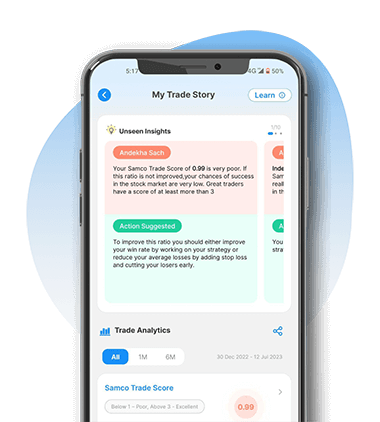In this article, we will cover
- What is the Covered call strategy?
- Features of covered call strategy
- Benefits
- Limitations
- Conclusion
What is Covered call strategy?
Covered Call as the name suggests is a strategy where the position is covered. In this strategy, Call Options are sold but only when the underlying is owned by the investor or trader. As you might be aware selling options involves unlimited risk. However, in Covered Calls the risk and profits are covered. Thus it’s a good strategy to earn extra profits on your investments or holdings.Let’s understand this with an example.
Suppose there is an investor who has invested in a stock at Rs 100. The intention is to hold the stock for a long period of time to earn a return of say 20%. Even if the price of the stock goes down the investor doesn’t intend to sell it & keeps holding till the target price is reached. The stock would only be sold if it gets overheated and reached 20% very quickly. Thus the investor can sell a call of strike price Rs. 120 say at a premium of Rs 2. Now, till the expiry 4 things can happen.-
Scenario 1: When the stock falls below the purchase price
-
Scenario 2: When the stock price remains stagnant
-
Scenario 3: When stock price rises more than the purchase price but less than the call option
-
Scenario 4: When stock price rises above the call option strike price
Features of Covered Call Strategy
- Covered call helps investors to generate income from the portfolio.
- Covered Call Strategy is a positive hedge strategy where the hedge results in additional profit but exponential profit is capped.
- Can earn income in the form of premium by selling option when the stock price goes up or down.
Benefits
- Helps to generate regular income:Most investors sell covered call to generate a regular passive income. It could be monthly or quarterly gains.
- Potential to earn more than the actual stock price:Through a covered call, an investor can earn more than the actual share price. For eg: If I buy a share at Rs 99 and sell a call for Rs 100 against a premium of Rs 10. Then if the share price reaches 100 and call is assigned then I earn 110 per share. Even if the actual share price never reaches Rs 110 and retracts from Rs 100 levels I have still made more than the actual price.
- Premium to limit downside risk when stock price goes down:In the event that the stock price falls, the premium received on call writing will help in reducing the downside risk up to that extent.
Limitations
- Opportunity loss when the stock makes a huge jump: The profit potential is limited in covered call option as the investor is obligated to sell the share at the strike price. Therefore, often an investor feels remorse when the stock prices rally far beyond the covered call.
- Risk when a stock falls below the break-even point: When the stock price declines below the break-even point, the investor will start to lose money. The break-even point is the buy price of the stock minus the option premium.






Leave A Comment?